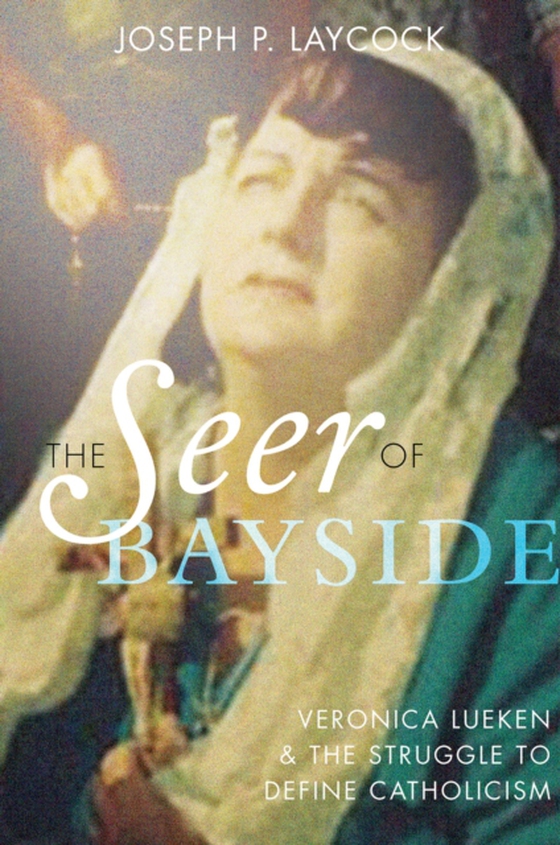
Seer of Bayside e-bog
253,01 DKK
(inkl. moms 316,26 DKK)
In 1968, Veronica Lueken, a Catholic housewife in Bayside, Queens, New York, began to experience visions of the Virgin Mary. Over almost three decades, she imparted over 300 messages from Mary, Jesus, and other heavenly personages. These revelations, which were sent all over the world through newsletters, billboards, and local television, severely criticized the liturgical changes of Vatican II...
E-bog
253,01 DKK
Forlag
Oxford University Press
Udgivet
3 november 2014
Længde
240 sider
Genrer
HBJK
Sprog
English
Format
epub
Beskyttelse
LCP
ISBN
9780199379682
In 1968, Veronica Lueken, a Catholic housewife in Bayside, Queens, New York, began to experience visions of the Virgin Mary. Over almost three decades, she imparted over 300 messages from Mary, Jesus, and other heavenly personages. These revelations, which were sent all over the world through newsletters, billboards, and local television, severely criticized the liturgical changes of Vatican II and the wickedness of American society. Unless everyone repented, Lueken warned, a "e;fiery ball"e; would collide with the Earth, causing death and destruction around the world. When Catholic Church authorities tried to dismiss, discredit, and even banish her, Lueken declared Pope Paul VI a communist imposter, accused the Church of being in error since Vatican II, and sought new venues in which to communicate her revelations. Since her death in 1995, her followers have continued to gather to promote her messages in Flushing Meadows Park, Queens. Known as "e;the Baysiders,"e; they believe that St. Robert Bellarmine's Church, from which Lueken was banned from holding vigils, will someday become "e;the Lourdes of America"e; and that Lueken will be elevated to sainthood. Joseph P. Laycock delves into untapped archival materials and a wealth of ethnographic research to unfold the fascinating story of Veronica Lueken and the Baysiders from 1968 to the present. Though scholars have characterized the Baysiders variously as a new religious movement, a form of folk piety, and a traditionalist sect, members of the group regard themselves as loyal Catholics-maybe the last in existence. They are critical of the Church hierarchy, which they believe corrupted by modernism, and reject ultra-traditionalist Catholic groups who believe that the papal see is vacant. Laycock shows how the Baysiders have deviated significantly from mainstream Catholic culture while keeping in dialogue with Church authorities, and reveals how the persistence of the Baysiders and other Marian groups has contributed to greater amenability toward devotional culture and private revelation on the part of Church authorities. The Seer of Bayside is an invaluable study of the perpetual struggle between lay Catholics and Church authorities over who holds the power to define Catholic culture.
 Dansk
Dansk

